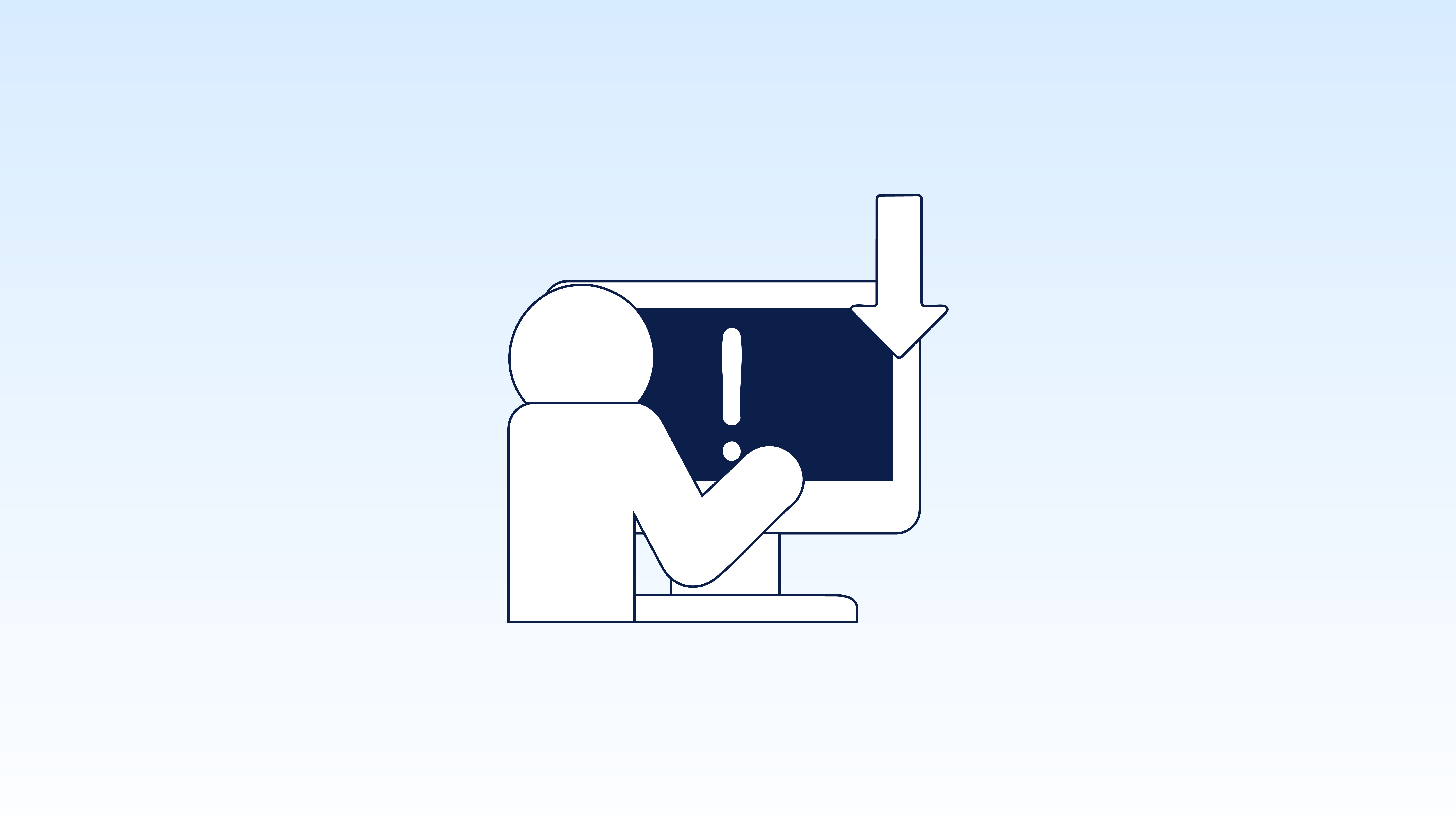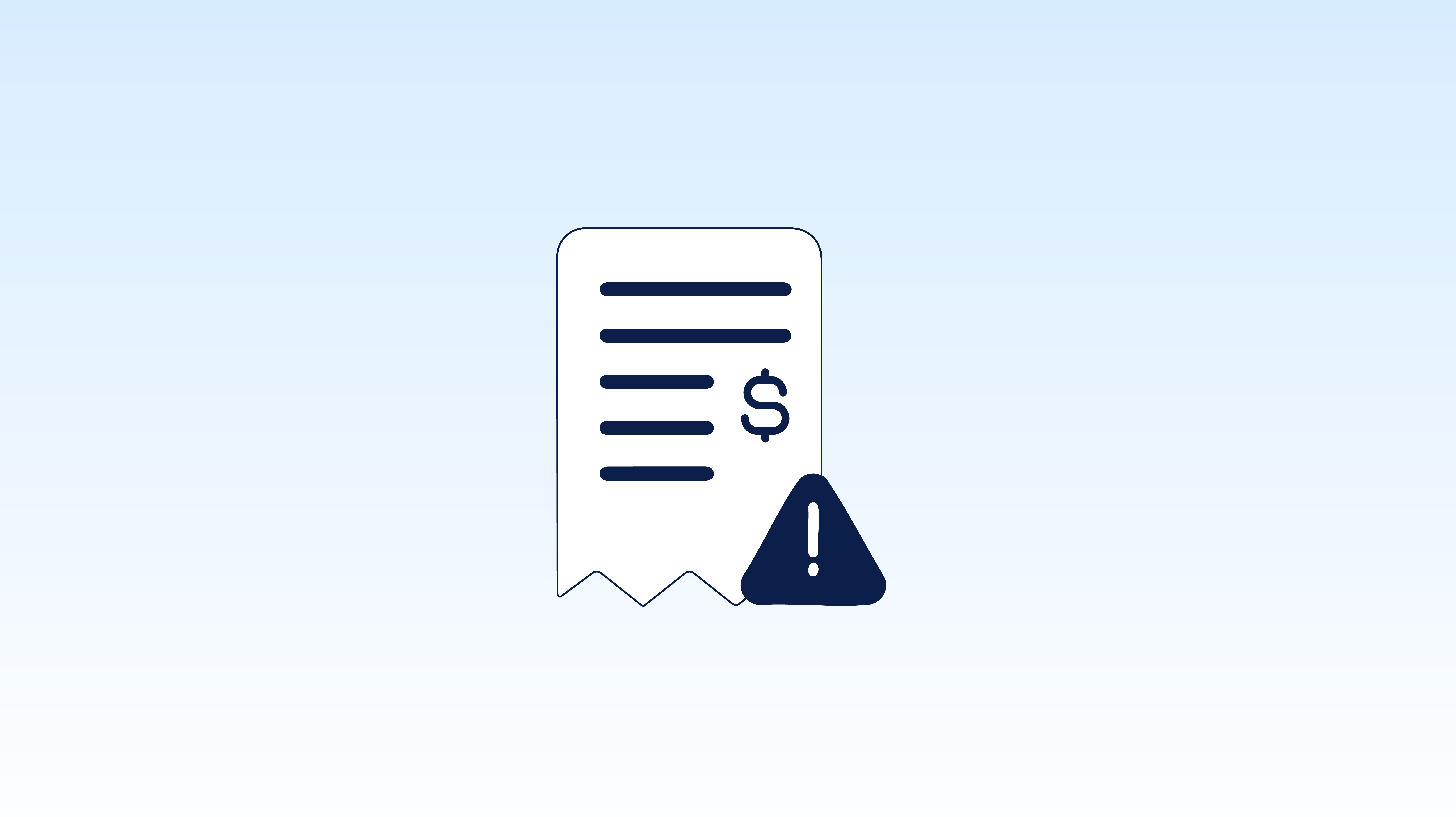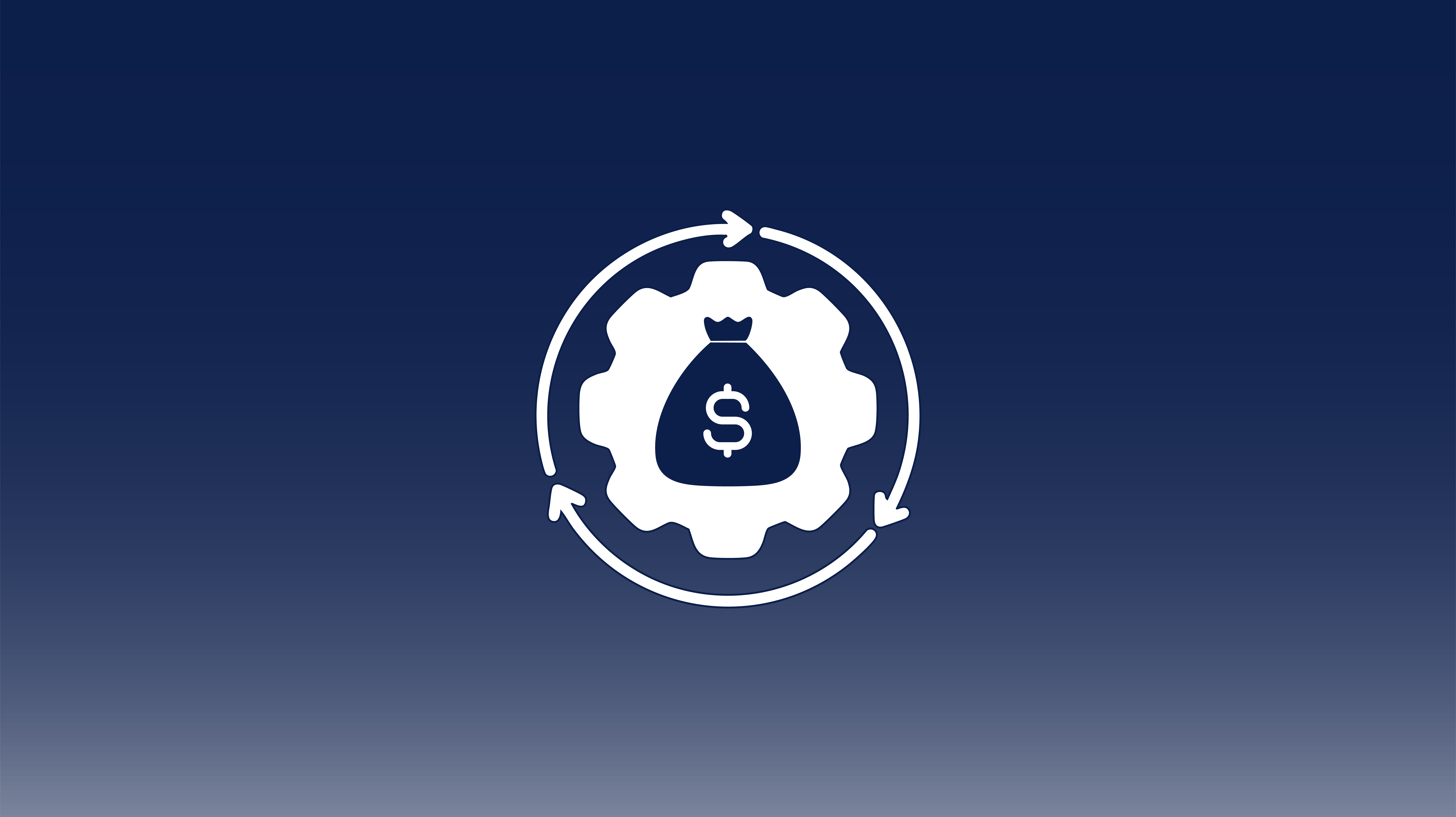Auto Dealership Accounts Payable: How to Reduce Errors with AP Automation
If you've worked in accounts payable (AP), you know that many operational struggles begin with errors in manual data entry of invoice data. While...
7 min read
March 25 2025
by
![]() Chris Cosgrove
Chris Cosgrove

If you've worked in accounts payable (AP), you know that many operational struggles begin with errors in manual data entry of invoice data. While human errors aren't something employees intend for, they inevitably occur across manual invoice processing, and error rates of 1-4% are considered average.
Here's where accounts payable automation comes in. With the power to improve workflows and reduce errors in a dealership's accounts payable process, this technology is growing in adoption as it's proving to greatly strengthen accounts payable operations.
The following article explores the problems with manual invoice processing and how accounts payable automation reduces errors while assisting with faster and more accurate invoice and payment processing.
Manual data entry in accounts payable brings on a variety of issues that have costly consequences for auto dealerships. They include:
Manual data entry in accounts payable often leads to frequent errors. Even small mistakes, such as typos in invoice amounts or vendor names, can snowball into bigger issues like overpayments or incorrect financial records. If these errors go unnoticed, they can cause larger problems further down the payment cycle.
Incorrect GL coding is another common issue in manual AP systems. When employees manually enter data, mistakes in coding invoices to the right accounts can result in inaccurate financial statements, which complicates accounting and tax reporting. These discrepancies can also make audits more difficult and lead to potential compliance issues.
Errors of omission can severely impact accounts payable departments. Missing critical information, like invoice numbers or payment terms, creates delays, forces time-consuming searches for missing data, and leads to confusion over amounts owed. This increases the likelihood of late payments and damaged vendor relationships.
Manual data entry also increases the risk of duplicate payments. If an invoice is manually entered and overlooked, it may be entered again, resulting in unnecessary payments that are often difficult or impossible to recover. This not only causes financial loss but can also strain relationships with vendors.
Manual data entry is a slow and tedious process that requires constant attention to detail. With large volumes of invoices to process, employees may become fatigued, which increases the chances of errors. This inefficiency also takes up valuable time that could be better spent on higher-value tasks, such as improving vendor relationships or strategic financial planning.
One significant drawback of manual data entry is the lack of real-time visibility into the accounts payable process. With paper-based invoices and manual data entry, it can be difficult for AP teams to track the status of payments or identify potential issues before they escalate, which can hinder efforts to improve efficiency.
Manual AP systems are more vulnerable to fraud. Without automated checks and balances, it’s easier for fraudulent invoices or payment requests to slip through the cracks. Employees may also inadvertently fall victim to scams, like fake invoices, due to a lack of robust verification systems.
By streamlining invoice processing and payment workflows, automation helps reduce errors in accounts payable and eliminate many of the issues associated with manual data entry. Automation solutions do this by handling a number of critical functions within the AP process. Here are common accounts payable functions it can manage, independent of human intervention:
Invoices are captured automatically using Optical Character Recognition (OCR) technology, which extracts important details like vendor names, invoice amounts, and dates. This reduces the need for manual data entry and lowers the errors that can accompany it.
After capturing invoices, AP automation can automatically match invoices with purchase orders (2-way matching), ensuring accuracy before approval. In 2-way matching, an automation solution verifies that the invoiced items, quantities, and prices align with each purchase order.
For added accuracy, 3-way matching includes a third layer by also comparing receiving reports, ensuring that goods or services have been delivered as ordered. Both methods help prevent errors, reduce fraud, and speed up the approval process so only correct and valid invoices get paid.
Once an invoice is matched, AP automation handles the entire approval process, and automated workflows route invoices to the appropriate team members for approval based on pre-set rules, such as approval thresholds and department-specific authorizations. As a result, invoices move through the approval cycle faster and reduce processing time down to days versus weeks, helping a dealership maintain better control over payment schedules.
After invoice approval, AP automation solutions seamlessly initiate payments by automatically scheduling payments based on payment terms and the dealership’s cash flow needs. Dealerships benefit nicely because invoices get paid on time and late fees are avoided. Automation also reduces the likelihood of errors such as duplicate payments, as each invoice can only be processed only once.
Since AP automation can capture invoices electronically, both the dealership and the vendor can track the status of payments in real time. If there’s an issue with an invoice or payment, vendors can quickly submit inquiries through the automated system, which logs the issue and routes it to the appropriate dealership team member for resolution. The resulting transparency strengthens relationships by ensuring that questions or concerns are always addressed promptly and accurately.
With manual AP systems, invoices, and payments are often handled on paper or in spreadsheets, which can be vulnerable to fraud or errors. Automation, on the other hand, stores all data securely in the cloud with encrypted transactions and built-in access controls. Only authorized personnel can view and approve payments, reducing the risk of fraudulent activities.
Beyond this feature, automated solutions help dealerships stay compliant with industry regulations by maintaining detailed records and audit logs, making it easier to adhere to financial and tax reporting requirements.
By implementing AP automation, auto dealerships can experience a wide range of benefits that go beyond just reducing errors. For one, it reduces the need for manual data entry and labor-intensive verification tasks, and directly lowers invoice processing costs. Fewer human hours spent on routine tasks means a dealership can allocate resources more effectively.
Additionally, automating the accounts payable process ensures that payments are made on time using electronic payment methods such as ACH, wire transfer, and virtual cards. This faster processing not only helps avoid late fees but also makes it easier for dealerships to take advantage of cash rebates from virtual card use, which can add up to significant savings.
Automation also helps reduce the risk of security threats and fraud by implementing stronger data encryption and enabling better audit trails. Fraud prevention features within automated systems ensure that payments are legitimate and compliant with regulations, so it's harder for fraudulent transactions to go undetected.
Furthermore, improved visibility into financial data and payment schedules helps build better relationships with vendors. Timely and accurate payments foster trust and can lead to smoother negotiations, more favorable contract terms, and even improved credit terms.
Dealerships today have access to a wide array of advanced technologies that drive efficiency, accuracy, and scalability in invoice processing. These technologies work together to streamline data extraction and optimize workflows along with helping businesses scale operations without compromising reliability.
A key technology driving automation is Optical Character Recognition (OCR). OCR enables the system to automatically capture and convert data from scanned invoices, PDFs, and even images into digital format. In an AP setting, OCR drastically reduces the need for manual data entry by extracting crucial details like invoice amounts, dates, and product or service information, significantly cutting down on the possibility of human error.
Machine Learning (ML) further enhances the effectiveness of automation by allowing the system to adapt and learn from previous transactions. ML algorithms analyze past invoices, payment trends, and vendor details to build an understanding of typical invoice patterns. Over time, the system refines its ability to predict potential errors, flag discrepancies, and even identify potential fraud. The more invoices the system processes, the smarter it becomes, reducing the chances of errors as it continuously improves its understanding of data.
Adding another layer of sophistication to data extraction is Natural Language Processing (NLP). This technology allows an automation system to interpret the context behind the text within invoices, thereby improving efficiency and reducing the risk of human error. Whether it's a description of goods or line-item details, NLP helps the system understand and categorize unstructured data. Overall, by accurately interpreting context, NLP ensures that the system extracts the right information, no matter how complex or varied the data may be.
Robotic Process Automation (RPA) automates repetitive tasks within the AP workflow, making invoice processing faster and less prone to human error as it's entered into the system. RPA can automatically match invoices to purchase orders, route documents for approval, and initiate payments once invoices are approved.
Once your dealership adopts automation, maintaining low error margins is crucial to the success of the automation solution. To ensure automation offers you maximum returns, consider the following steps:
Integrating an automation solution with your dealership's DMS or accounting system is key to creating smooth data flow across departments, reducing the risk of discrepancies and making processes more efficient.
Set up clear approval workflows within your automation system to route invoices to the correct approvers based on predefined roles and rules. This minimizes delays and lowers the chances of unauthorized payments.
Even with automation in place, it’s important to conduct periodic audits to catch any potential issues early. Regular reviews help verify that the system is running smoothly and allow you to address discrepancies or errors before they escalate.
Proper training is essential for everyone involved in the AP process. Staff should understand how to use the system effectively, spot discrepancies, and manage situations requiring manual intervention. Well-trained employees are less likely to make mistakes, reducing errors across the board.
Keep an eye on and update vendor records in your accounts payable software regularly to ensure best practices are followed. Ensuring all information is current helps avoid payment processing issues and prevents invoice mismatches, leading to smoother operations and fewer errors.
Manual data entry slows down the entire accounts payable process, as it requires time to input data, verify information, and correct mistakes. These inefficiencies can lead to delays, missed payments, and a poor business reputation. Automation eliminates these bottlenecks, enabling faster and more reliable processing.
With automation, duplicate payments are much less likely because the system automatically checks for matching invoices or duplicate entries to help prevent errors.
While the initial setup requires planning, most automation platforms are designed to integrate seamlessly with existing systems. With proper training and support, implementation is straightforward, and dealerships can begin to see the benefits of automation quickly.
AP automation provides significant benefits to auto dealerships by reducing manual data entry errors and improving operational efficiency. Automation not only minimizes common issues like incorrect payments and late processing but also enhances financial visibility, reduces costs, and strengthens relationships with vendors.
To learn more about how CloudX can help your dealership streamline its accounts payable processes and reduce errors, contact us today and discover our tailored AP automation solutions.

If you've worked in accounts payable (AP), you know that many operational struggles begin with errors in manual data entry of invoice data. While...

Today’s auto dealerships must be efficient, competitive, and technologically advanced to meet the growing demands of customers and vendors. Achieving...

Vendor payments in auto dealerships, by and large, have been governed by manual processes involving keying paper invoices into accounting systems,...